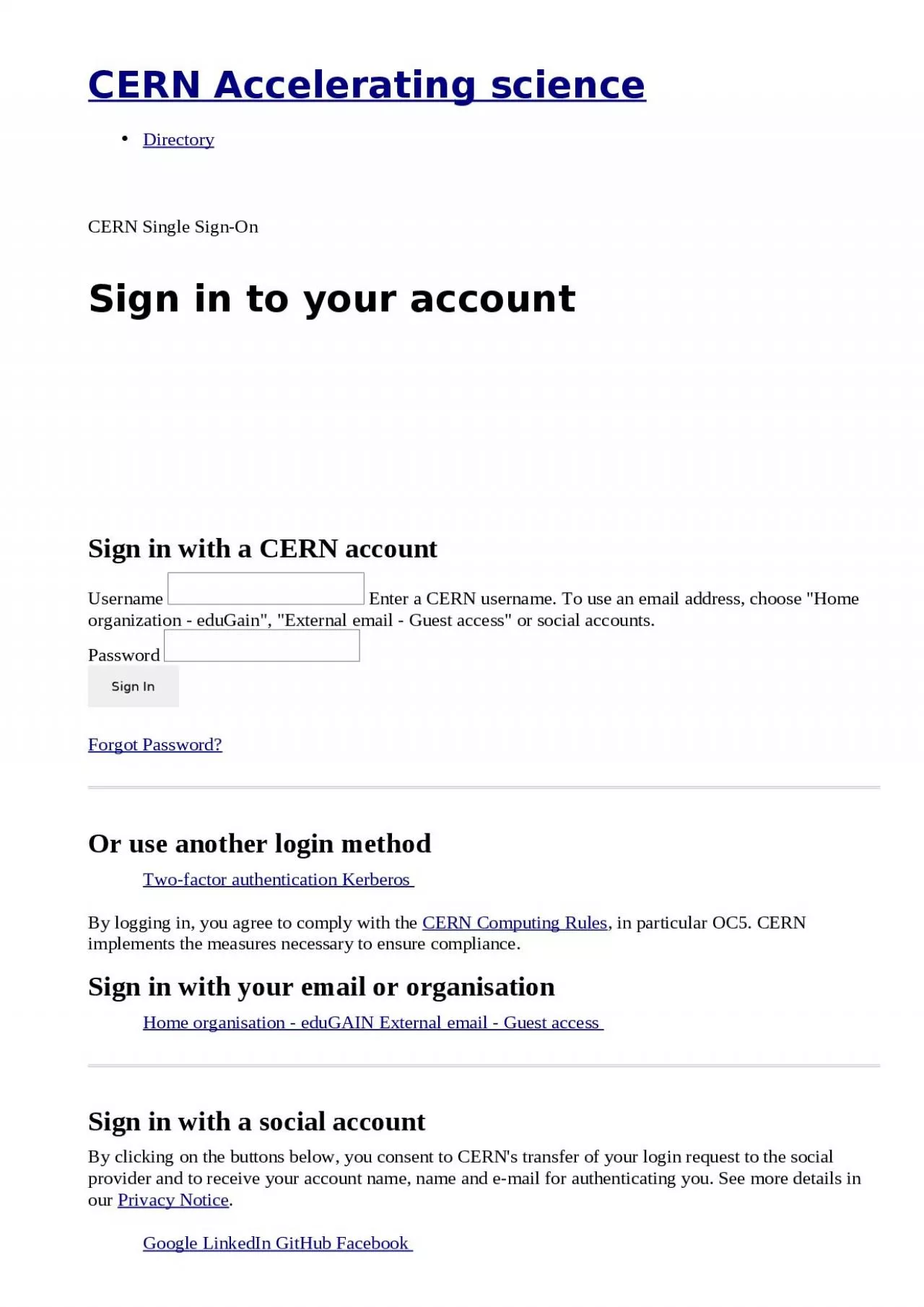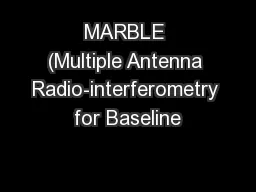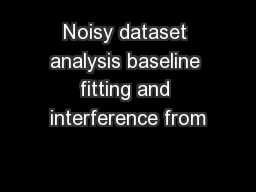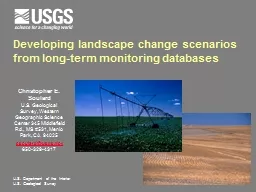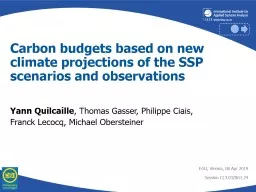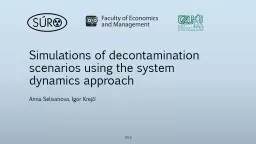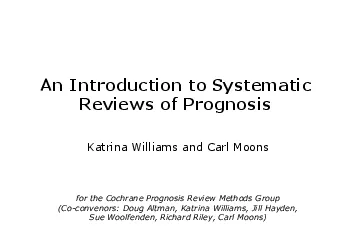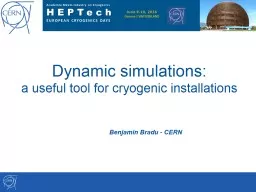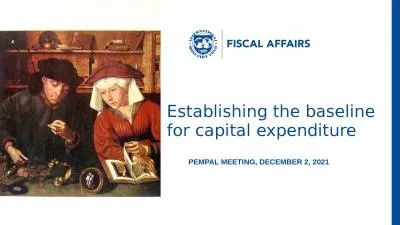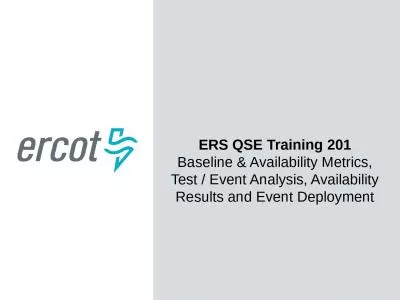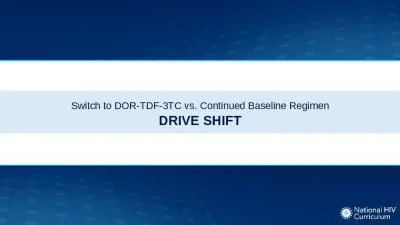PPT-TCSPM Scenarios with New WP5 Baseline
Author : martin | Published Date : 2022-06-11
20 Sep 2019 AMereghetti 2 A Mereghetti on behalf of the LHC Collimation Team HLLHC IR7 Impedance Upgrade Recent change of baseline of the IR7 impedance upgrade
Presentation Embed Code
Download Presentation
Download Presentation The PPT/PDF document "TCSPM Scenarios with New WP5 Baseline" is the property of its rightful owner. Permission is granted to download and print the materials on this website for personal, non-commercial use only, and to display it on your personal computer provided you do not modify the materials and that you retain all copyright notices contained in the materials. By downloading content from our website, you accept the terms of this agreement.
TCSPM Scenarios with New WP5 Baseline: Transcript
Download Rules Of Document
"TCSPM Scenarios with New WP5 Baseline"The content belongs to its owner. You may download and print it for personal use, without modification, and keep all copyright notices. By downloading, you agree to these terms.
Related Documents

